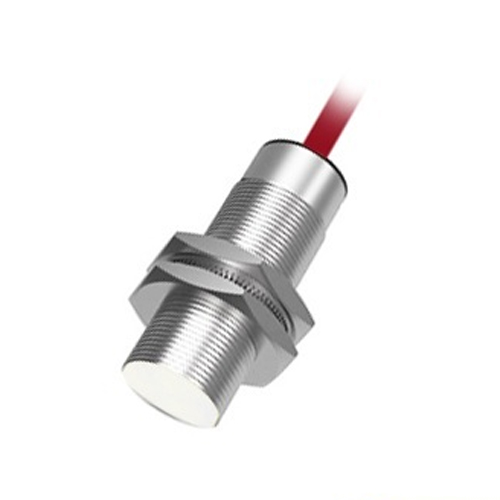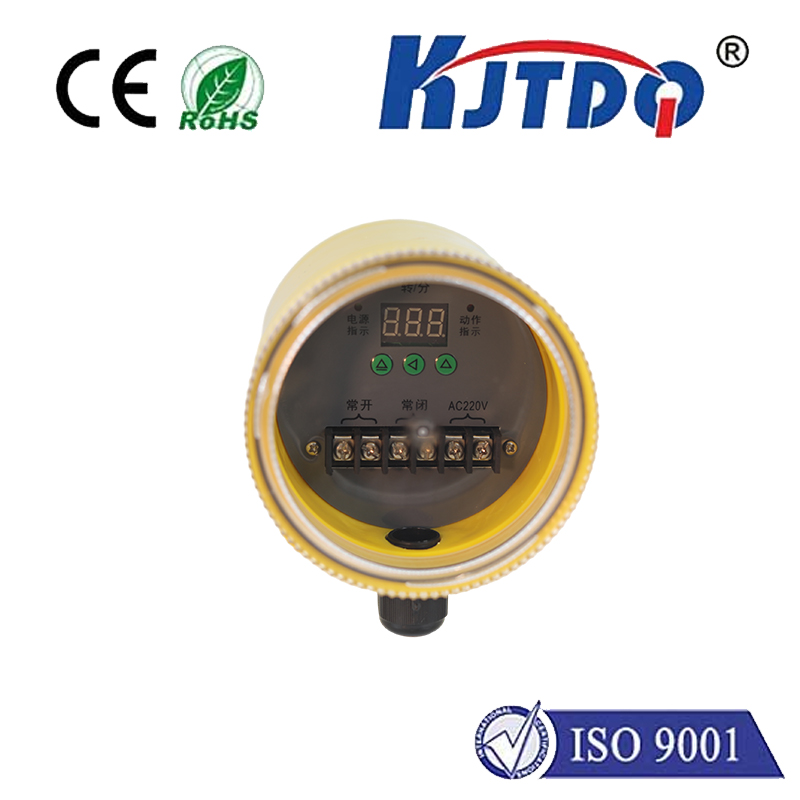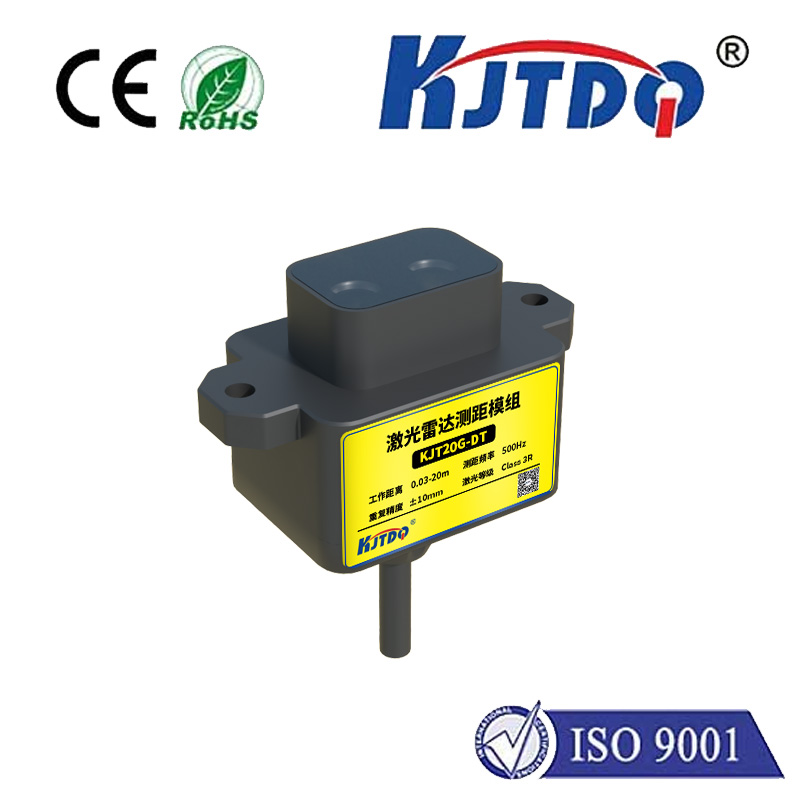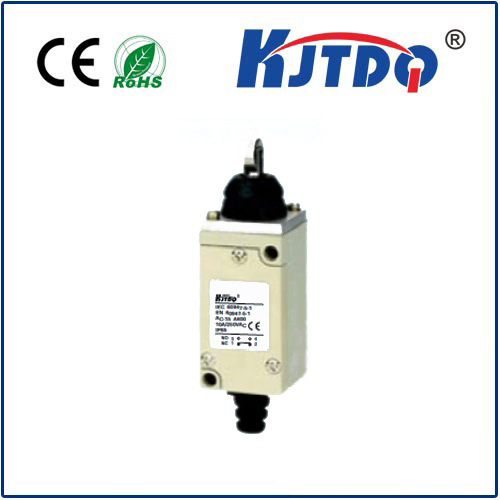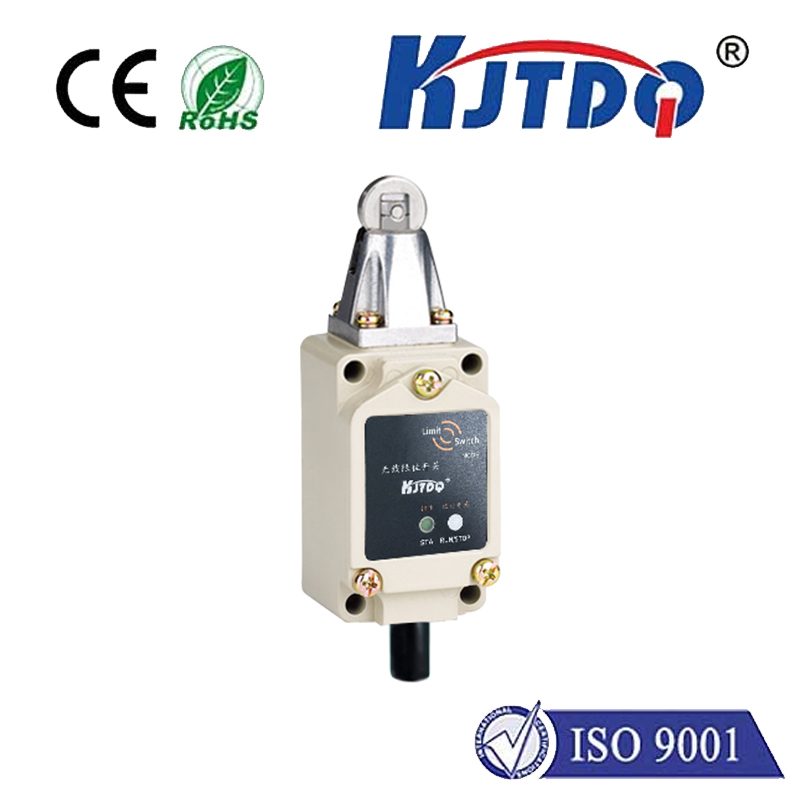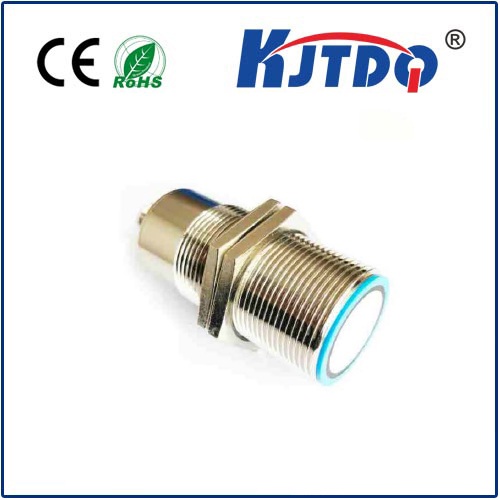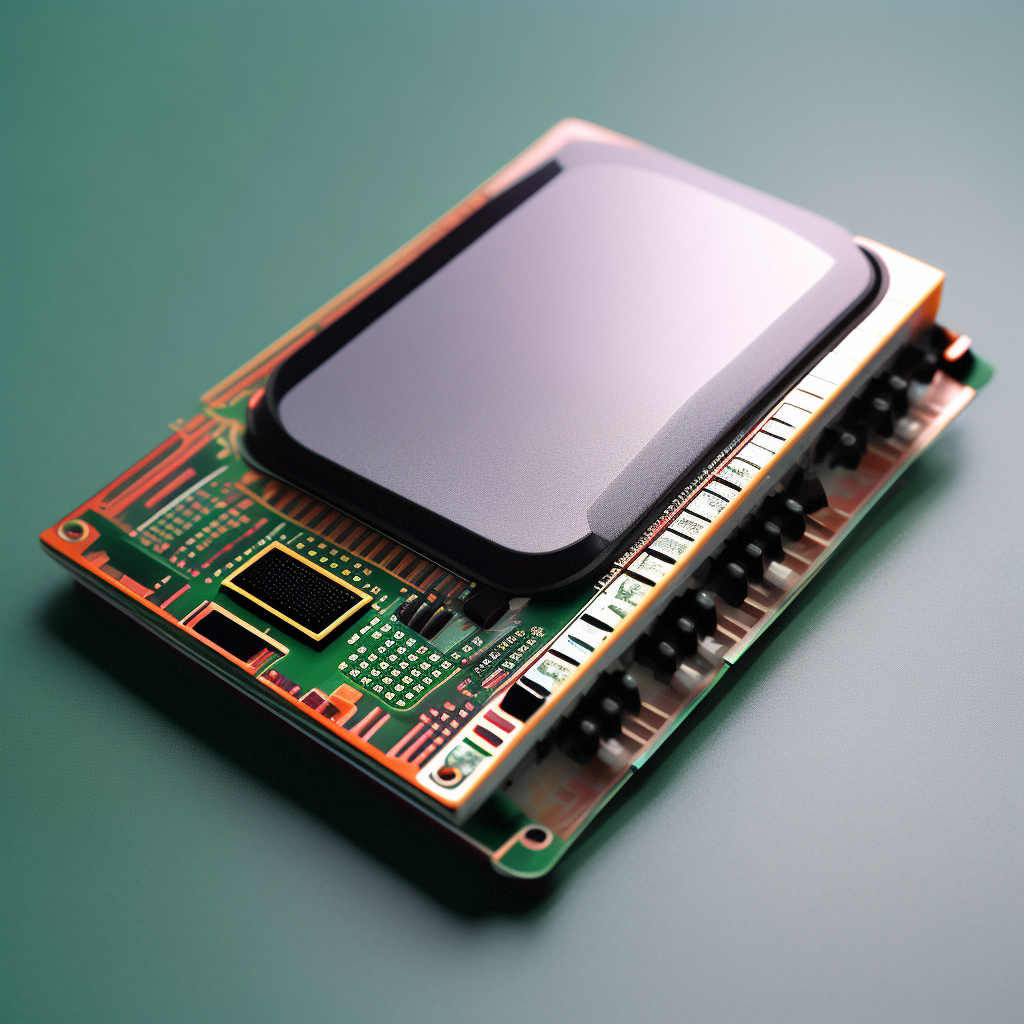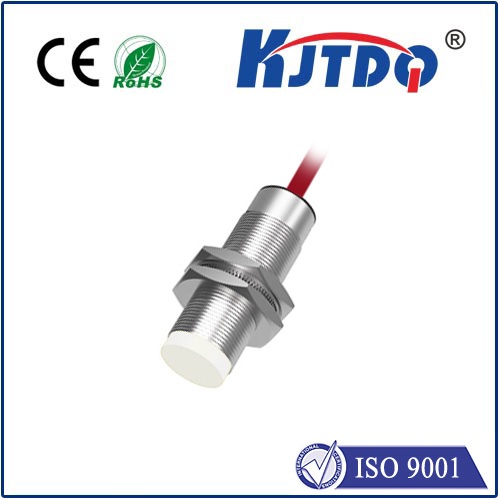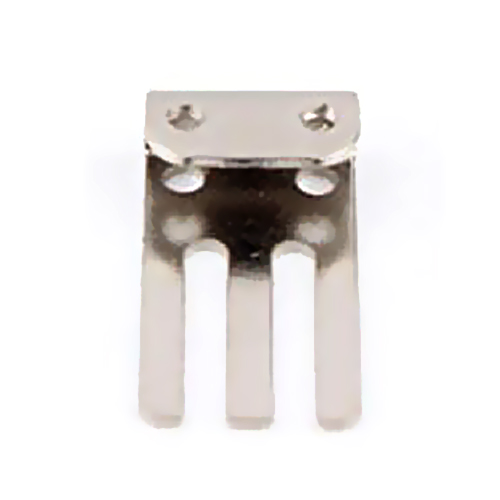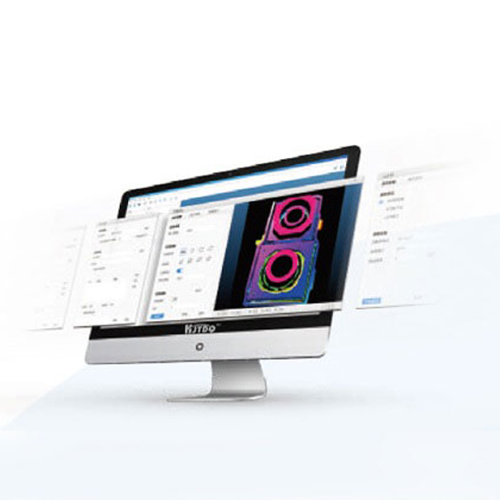

check

check

check

check
Radar Level Sensor: Enhancing Process Control in Industrial Applications
In modern industrial settings, precise measurement and control are essential for optimizing efficiency, ensuring safety, and minimizing waste. Among the various sensors used in process control systems, the radar level sensor stands out as a reliable and versatile tool. This article explores the fundamentals of radar level sensors, their working principles, and their critical role in industrial automation.
A radar level sensor operates by emitting electromagnetic waves and measuring the time it takes for the waves to return after reflecting off a surface. This time measurement is used to calculate the distance from the sensor to the surface, which is then converted into a level measurement. Unlike optical or ultrasonic sensors, radar sensors are capable of measuring liquid, solid, and gas levels in harsh environments, making them ideal for use in chemical, food, and pharmaceutical industries.

The key advantage of radar level sensors is their ability to function without direct contact. This feature makes them suitable for applications where contamination or damage to the sensor could be a risk. Additionally, radar sensors are immune to interference from environmental factors such as dust, moisture, and temperature fluctuations, ensuring accurate readings even under challenging conditions.
Radar level sensors are particularly useful in industries where process stability is critical. For example, in the food and beverage sector, they are used to monitor the level of liquids in tanks, ensuring consistent product quality and reducing the risk of overfilling or underfilling. In chemical processing, they help maintain optimal conditions for reactions and prevent spills that could lead to safety hazards.
Another important application is in process monitoring and control systems. By providing real-time data on liquid levels, radar sensors enable automated adjustments to be made, improving operational efficiency and reducing manual intervention. This is especially valuable in large-scale industrial operations where precise control is essential for maintaining production schedules and minimizing downtime.
Despite their advantages, radar level sensors are not without limitations. Factors such as the type of medium being measured, the environmental conditions, and the sensor’s placement can affect performance. For instance, in high-temperature environments, the sensor may experience reduced accuracy, and in the presence of high levels of electromagnetic interference, the signal may be distorted.
To ensure optimal performance, it is important to select the right radar level sensor for the specific application. Factors such as the measured medium, the required accuracy, and the operating conditions should be carefully considered. Regular maintenance and calibration are also essential to maintain the sensor’s reliability and accuracy over time.
In conclusion, radar level sensors play a vital role in modern industrial automation and process control. Their ability to measure levels without contact, withstand harsh environments, and provide real-time data makes them an invaluable asset in industries across the globe. As technology continues to advance, radar level sensors are expected to become even more accurate and versatile, further enhancing their role in industrial operations.
